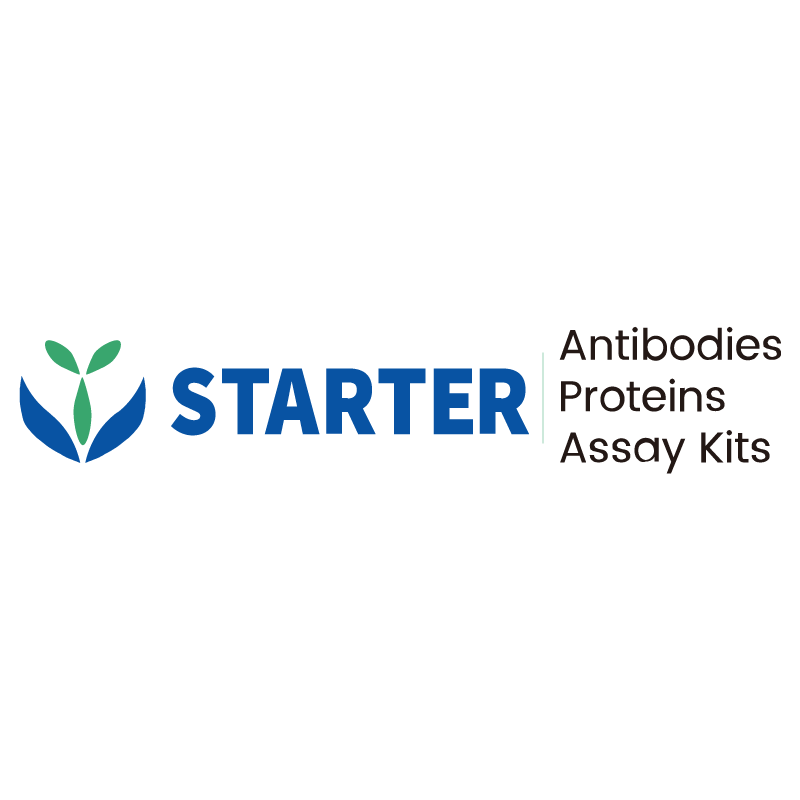2μg(R: reducing conditions)
Product Details
Product Details
Product Specification
| Species | Human |
| Synonyms | C-type lectin domain family 9 member A, CD370 |
| Accession | Q6UXN8 |
| Amino Acid Sequence | Protein sequence (Q6UXN8, Lys57-Val241, with C-hFc tag) KLLQVSTIAMQQQEKLIQQERALLNFTEWKRSCALQMKYCQAFMQNSLSSAHNSSPCPNNWIQNRESCYYVSEIWSIWHTSQENCLKEGSTLLQIESKEEMDFITGSLRKIKGSYDYWVGLSQDGHSGRWLWQDGSSPSPGLLPAERSQSANQVCGYVKSNSLLSSNCSTWKYFICEKYALRSSV |
| Expression System | HEK293 |
| Molecular Weight | Predicted MW: 47.3 kDa Observed MW: 60 kDa |
| Purity | >95% by SDS-PAGE |
| Endotoxin | <0.1EU/μg |
| Conjugation | Unconjugated |
| Tag | with C-hFc tag |
| Physical Appearance | Lyophilized Powder |
| Storage Buffer | Lyophilized from a 0.2 μm filtered solution of 0.2M PBS, pH7.4. |
| Reconstitution | Reconstitute no more than 1 mg/mL according to the size in deionized water after rapid centrifugation. |
| Stability & Storage | 12 months from date of receipt, -20 to -70 °C as supplied. |
Background
C-type lectin domain family 9 member A is a protein that in humans is encoded by the CLEC9A gene. CLEC9A is a group V C-type lectin-like receptor (CTLR) that functions as an activation receptor and is expressed on myeloid lineage cells. CLEC9A ligation enhances antigen uptake and processing, leading to presentation on MHC class I and cytotoxic T cell (CTL) priming. Its recognition of filamentous actin in dead cells is important for triggering an immune response to necrotic cell debris. CLEC9A is also required for the presentation of viral proteins and the subsequent CTL-mediated killing of virus-infected cells. CLEC9A signaling triggers activation of the tyrosine kinase Syk.
Picture
Picture
SDS-PAGE


